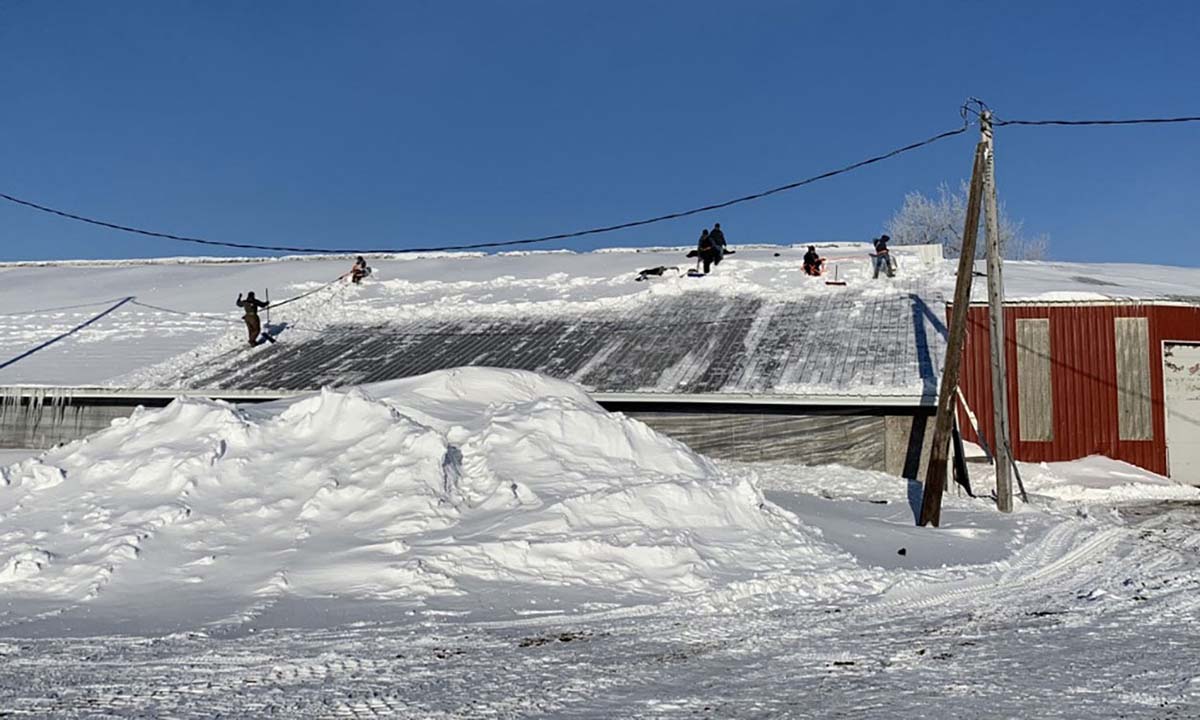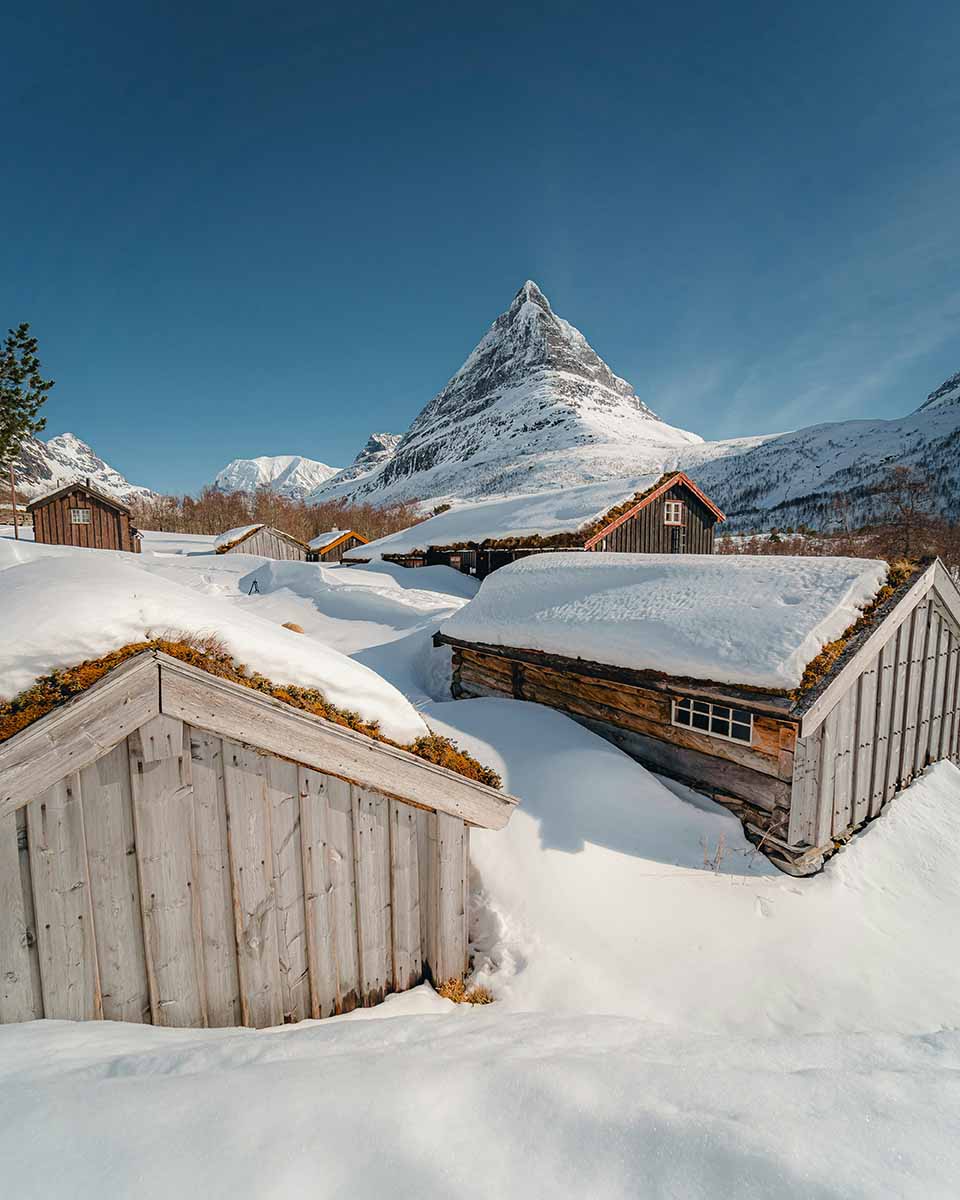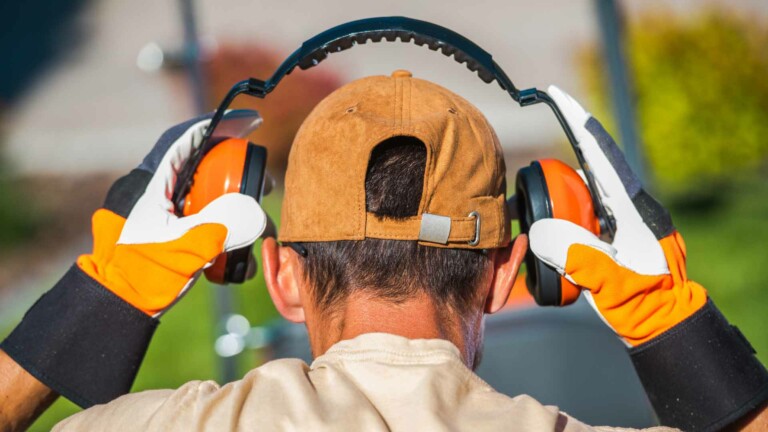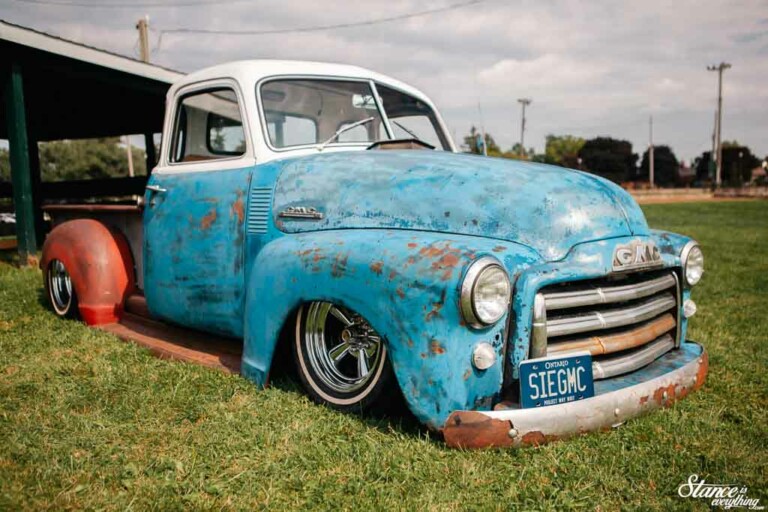Barn Snow Removal: Dos and Donts – Zehr Insurance Brokers Ltd.
Posted On February 15, 2025
Written by Dave Stewart
Zehr Insurance Brokers Ltd.
It’s definitely here! The heavy snow fall, temperatures dropping, and your barn starts to feel the full weight of winter again.
Picture This
You wake up on a Saturday winter morning to find that 6 inches of heavy snow has covered the entire farm overnight.
As a farmer, it’s that time of year when one of the most overlooked tasks becomes crucial. While clearing snow from your barn might seem like a simple task, doing it wrong could lead to many things such as damages, and even injuries. Whether you are maintaining a barn for livestock, farm equipment, or storage, it’s important to stay ahead of the snow.
Now, this is about more than just removing snow from driveways and pathways. It’s about protecting the structure of your barn, ensuring that everyone working around it is safe, and preventing any possible disruptions to your operation.
Continue Reading: 4 min Read
The Importance of Timely Removal
Barns and sheds are built to an engineered specification to handle snow load, but many conditions that can change this are:
- Corroded Gussets.
- Broken Trusses.
- Storage in the Trusses.
- Tree line that when building was originally built wasn’t there, can affect snow amounts.
- Additions to structure.
- Prolonged snow events.
Correcting these maintenance issues quickly or before winter will help reduce the risk of collapse.
Leaving snow to build up on your barn roof can be a costly mistake. Over time, excessive snow and ice will create weight, eventually leading to roof damage or even collapse before you know it. Not only will timely snow removal help prevent any structural issues, but it will also help ensure that farm operations continue smoothly, and your daily tasks stay on track.
When to Clear Snow Off Your Barn Roof: Key Signs to Watch For
You might be wondering “When is the right time to remove the snow from my barn roof” Well, below are some key times to consider:
- After a heavy snowfall.
- If expected, before a heavy snowfall.
- When the barn starts to feel warmer than usual, and air quality worsens.
- When you notice that snow is blocking ventilation and airflow.
- When ice dams begin to form or there’s damage inside of your barn.
But, before you get started, it’s important to be aware of the Dos and Don’ts of barn snow removal.
Do’s of Barn Snow Removal
Let the experts do it; they have the tools and safety gear, but if you decide to do it:
- Use a long-handled roof rake instead of a ladder in snowy or icy conditions to safely clear snow from the roof.
- Remove snow in layers, starting from the edges and working upwards to minimize the risk of roof collapse.
- Work back and forth from side to side or work simultaneously on each side to ensure an even removal process.
- Keep gutters clear to prevent ice dams from forming.
Dont’s of Barn Snow Removal
- Refrain from using sharp objects, heating tools, or chemicals to remove snow as they can damage your roof and structures.
- Do not apply rock salt or harsh chemicals when removing snow from your roof.
- Avoid removing snow unequally from the roof as it could cause the unloaded side of the truss to lift.
- Never pick or chip at ice near the roof surface to avoid damaging the roofing material.
- Avoid waiting until the last minute to remove snow.
- Never attempt to do this alone – always have someone assist or supervise when clearing the roof in the event of a problem or injury.
Pre-Winter Maintenance Checklist
- Inspect your barn and make repairs if needed (ex. windows, ventilation, frames, stalls and doors)
- Seal holes and cracks to prevent rodents from sneaking in, as they can damage barn equipment and contaminate animal feed.
- Thoroughly clean your barn by sweeping and washing the floors, walls, stalls, and mats.
- Prepare heating systems and ensure that they are fully functional.
- Check barn ventilation.
Final Thoughts
Insurance is an essential tool for managing risks and protecting your home with expert advice and reliable financial support. At Trillium Mutual, our team of Rural Risk Advisors leverages years of experience to provide tailored recommendations to reduce the possibility of loss. Plus, as a Trillium Mutual member, you’ll gain access to valuable perks like thermal imagery, electrical monitoring, discounted fire extinguishers, and more!
Contact your closest Zehr Insurance Broker today to learn how they can help support your farmer operation. Stay safe, stay prepared, and keep your farm thriving—no matter what winter brings.
Call Zehr Insurance brokers and see if we can help you with your insurance needs.
Information contained on this page is provided by an independent third-party content provider. This website make no warranties or representations in connection therewith. If you are affiliated with this page and would like it removed please contact editor @producerpress.com









